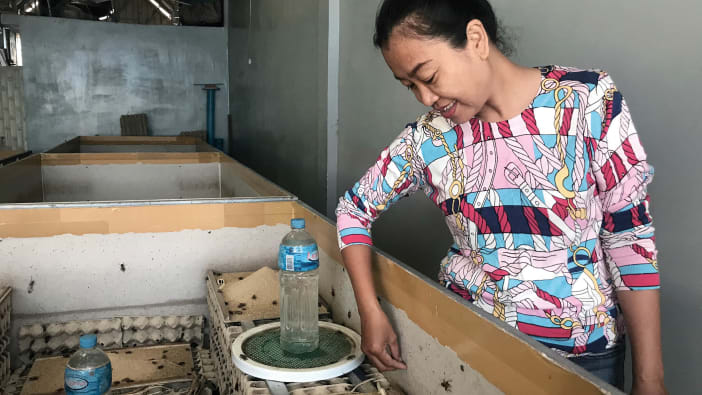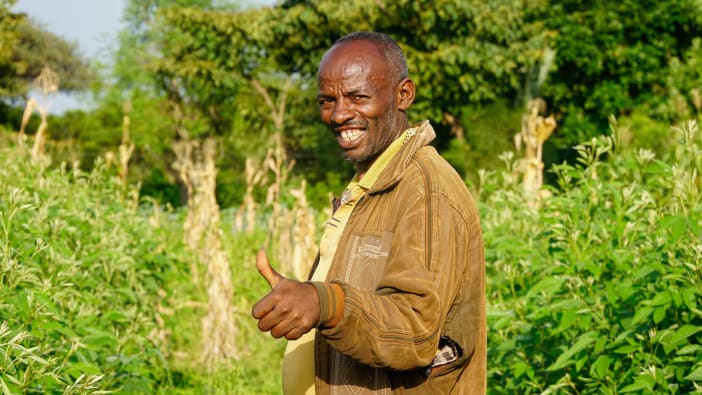Fall armyworm, the larva of a type of moth, has been damaging crops and contributing to food insecurity across many parts of southern Africa since 2015.
During the 2016–2017 growing season, farmers in Malawi’s Rumphi district made an interesting observation. They noticed that crops being grown using conservation agriculture techniques were less affected by fall armyworm than the other crops in the area.
This observation resulted in a three-year research project led by Tearfund partner Synod of Livingstonia Development in collaboration with the University of Livingstonia and Lyunyangwo Research Station. The research, funded by the Scottish Government, involved 300 local farmers.
Benefit of mulch
One of the main principles of conservation agriculture is permanent ground cover. This reduces the risk of soil erosion, keeps the soil moist and reduces the growth of weeds. To achieve this, a layer of vegetation is often added to the soil as a mulch.
The research found that plots where conservation agriculture techniques were used showed the least number of fall armyworm eggs, caterpillars and crop damage. The scientists think one of the main reasons for this is because mulch allows a wide range of organisms to thrive in the soil and some of them – probably ants – feed on the eggs of the fall armyworm.
Muchi, one of the farmers involved in the research, was delighted with the results. He said, ‘I consider this as a game-changer for my farming. I am now able to limit the attack of armyworms in my maize field and harvest higher quantities of maize.’








